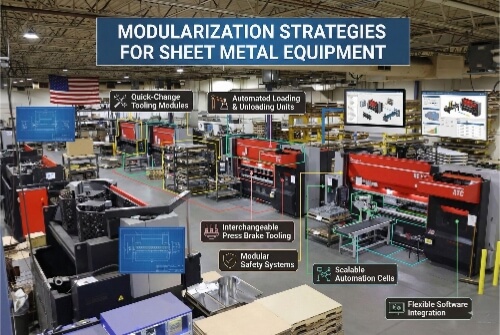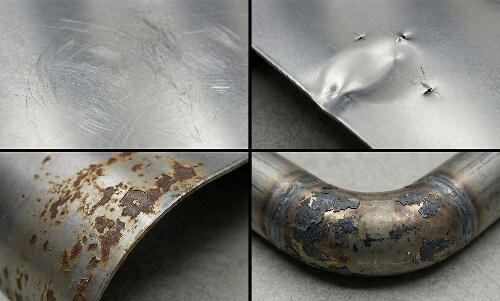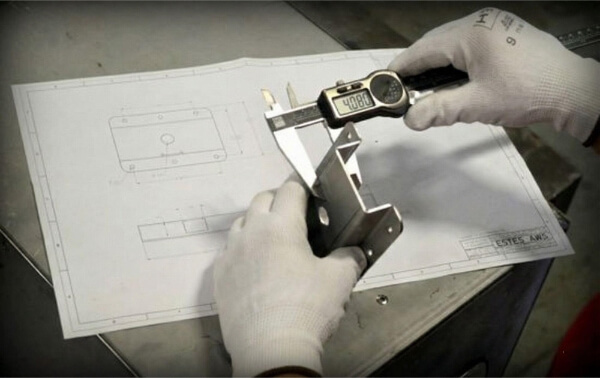CNC fixtures hold your workpiece in place during machining. They ensure precision, repeatability, and safety. Without them, even the best CNC machines can’t deliver consistent results. Let’s explore the types, applications, and design tips for CNC fixtures.
CNC fixtures are tools that secure your workpiece during machining. They come in various types, each suited for specific tasks. Common types include clamps, vises, and modular fixtures. These tools help maintain accuracy and speed up production. Choosing the right fixture can make or break your project.
Want to choose the right fixtures for your projects and learn how to design them effectively? This guide covers everything from basic fixture types to advanced design strategies.
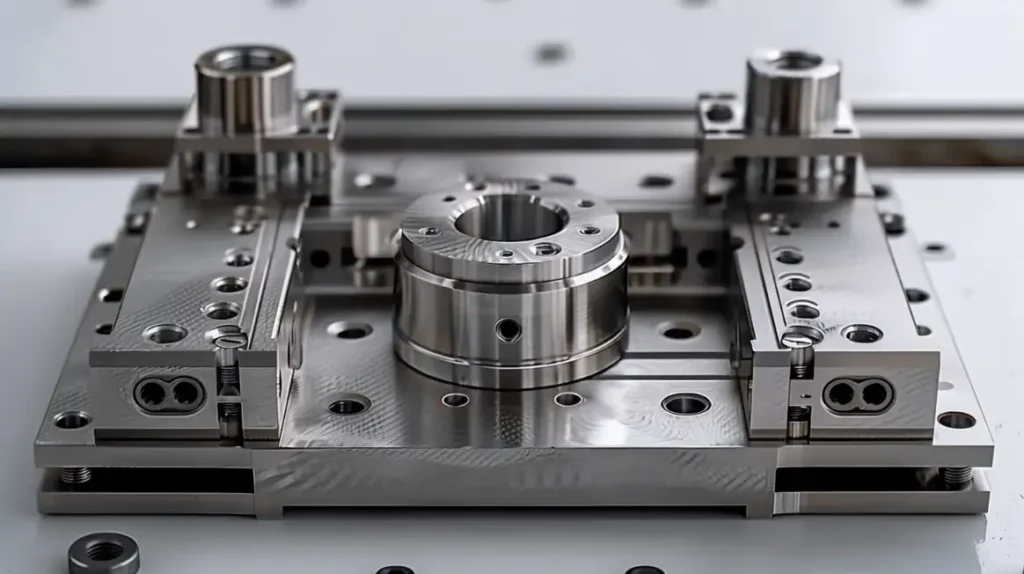
What is a CNC Fixture?
A CNC fixture is a device that holds and positions a workpiece during machining operations. Fixtures keep parts stable and correctly aligned, while cutting tools remove material. They make sure each part comes out the same way every time.
CNC fixtures serve three main jobs. First, they locate the part in the right spot on the machine. Second, they hold the part firmly against cutting forces. Third, they guide the cutting tool along the correct path for some applications.
Fixtures must be sturdy enough to resist vibration and cutting forces. They need to hold parts without damaging them and allow easy loading and unloading to save time.
Difference between fixtures and jigs
People often mix up fixtures and jigs, but they work differently. Fixtures stay still while the tool moves around the workpiece. Jigs, conversely, guide the tool to the right spot on the workpiece.
Think of it this way: fixtures hold the part in place, while jigs control where the tool goes. In CNC machining, fixtures are more common since the machine controls tool movement precisely.
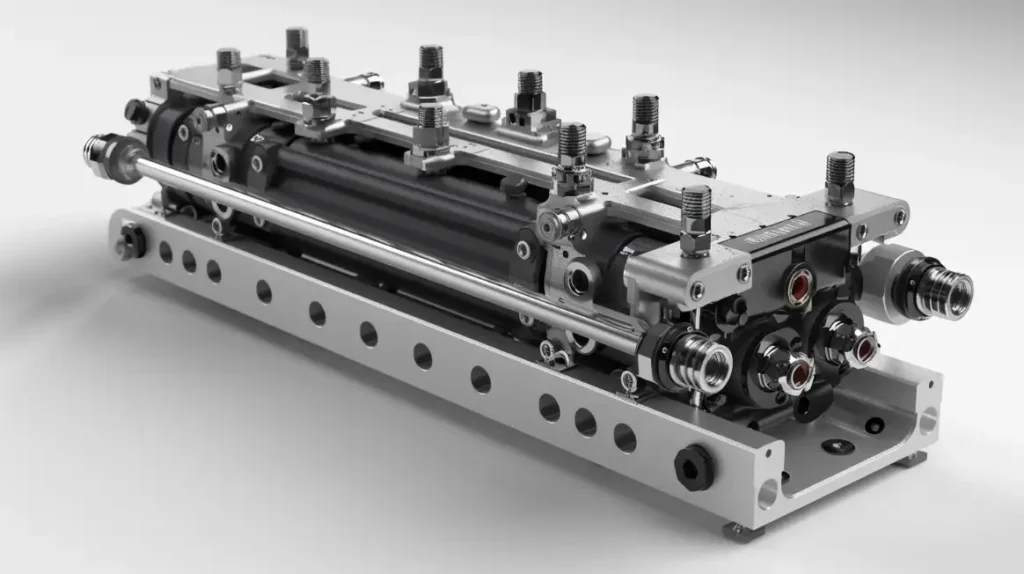
Benefits of CNC Fixtures
Using the right fixture brings several significant benefits to CNC operations.
Improved precision and repeatability
Good fixtures ensure that each part is the same as the last one. They hold workpieces in exactly the same position every time, leading to better part quality and fewer rejects.
Enhanced productivity and reduced cycle time
Fixtures cut setup time between parts. Operators can quickly remove finished parts and load new ones. Some fixtures hold multiple parts simultaneously, letting machines run longer without stopping.
Safety and ease of operation
Fixtures protect operators by keeping hands away from cutting tools. They make it easier to handle awkward or heavy parts safely.
Types of CNC Fixtures
CNC fixtures come in many forms, each designed for specific applications and materials. Here’s a breakdown of the main types you’ll encounter.
Based on Workholding Mechanism
The method used to secure parts is the primary way to categorize fixtures. Each mechanism offers different advantages.
Vice Fixtures
Vice fixtures are the most basic and widely used type of CNC fixture. They have two jaws – one fixed and one movable – clamp the workpiece from opposite sides. Many shops start with standard vices and add custom jaw inserts to match specific part shapes.
Vise fixtures work best for parts with at least two parallel surfaces. They’re quick to set up and adjust for different part sizes. Modern CNC vices can hold tolerances within 0.0005″ and provide excellent rigidity for heavy cutting.
Vice fixtures often balance cost and performance for small—to medium-sized parts with simple geometry. They’re ideal for milling operations on blocks, plates, and prismatic parts.
Clamping Fixtures
Clamping fixtures use various clamp types to secure workpieces to a base plate. They offer more flexibility than vices for holding complex-shaped parts.
Toggle clamps provide quick manual clamping with reasonable holding force. They come in various styles, including push, pull, and side-action types. Toggle clamps work well for medium production runs where setup speed matters.
Pneumatic clamps use air pressure for faster operation. They can be activated all at once, saving time during part loading. Many CNC machines include airlines that connect directly to these systems.
Hydraulic clamps generate the highest clamping forces for heavy-duty applications. They maintain consistent pressure even under severe cutting conditions. Though more expensive, hydraulic systems pay off in high-volume production.
Magnetic Fixtures
Magnetic fixtures use powerful permanent or electromagnetic fields to hold ferrous workpieces. With no physical clamps, they provide unobstructed tool access to more part surfaces.
Permanent magnetic chucks need no power source and work well for grinding and light machining. Electromagnetic fixtures offer more substantial holding power that can be turned on and off instantly for heavier cutting.
Magnetic fixtures work only with iron-based materials. They’re ideal for thin plates that are hard to clamp without distortion. Setup times drop significantly since no physical clamps need adjustment.
Vacuum Fixtures
Vacuum fixtures use suction to hold parts against a fixture plate. A vacuum pump creates negative pressure between the fixture and the workpiece. Sealing rings maintain the vacuum during machining.
These fixtures excel with non-ferrous materials like aluminum, plastic, and wood. They’re perfect for thin, flat workpieces that might warp under mechanical clamping pressure.
Vacuum systems leave part surfaces free from clamp marks, making them valuable for cosmetic parts and those with tight flatness requirements. However, they provide less holding force than mechanical clamps, so lighter cutting parameters are often needed.
Based on the Machining Operation
Different machining processes create different forces and access requirements. Fixtures designed for specific operations account for these needs.
Milling Fixtures
Milling fixtures must resist cutting forces in multiple directions while maintaining part accuracy. They typically include sturdy base plates with strategically placed supports and clamps.
Good milling fixtures prevent vibration during heavy cutting. They often incorporate additional bracing and mass to dampen vibration, and coolant channels help manage heat during aggressive milling.
The best milling fixtures balance rigid work holding with easy tool access. They allow machining from multiple sides without repositioning the part when possible.
Turning Fixtures
Turning fixtures hold parts in CNC lathes and turning centers. Since the workpiece rotates rapidly, these fixtures must be precisely balanced to prevent vibration.
Standard turning fixtures include chucks with three or four jaws that center the workpiece. Collet chucks provide more accurate gripping for smaller parts. Custom soft jaws conform to part shapes for better grip and less part marking.
For odd-shaped parts, turning fixtures may include counter-weights to maintain balance. Proper balance becomes even more critical at the high RPMs used for finishing operations.
Drilling Fixtures
Drilling fixtures position parts precisely under drill bits and boring tools. They focus on maintaining hole position accuracy and preventing drill wandering.
These fixtures often include hardened steel bushings that guide the drill bit. The bushings prevent drill deflection and extend tool life. For deep holes, additional supports may prevent part deflection during drilling.
Quick-change features help speed up production in high-volume drilling operations. Some advanced drilling fixtures include auto-ejection mechanisms that push completed parts out after machining.
Grinding Fixtures
Grinding fixtures require exceptional stability and precision. Even tiny vibrations can ruin surface finish during grinding operations.
These fixtures often incorporate additional mass and vibration-dampening materials. For precision grinding applications, they maintain position accuracy to within microns.
Thermal stability matters greatly in grinding fixtures. Some high-precision versions include cooling systems to maintain dimensional stability during long grinding cycles.
Based on Material Handling
How parts are loaded and unloaded affects production efficiency. Fixture designs vary based on production volume and automation needs.
Manual Fixtures
Manual fixtures require operators to load and unload parts by hand. They’re simple, reliable, and cost much less than automated systems.
These fixtures work well for prototype runs and low-volume production. They give operators complete control over part positioning and clamping pressure.
Many shops start with manual fixtures and add upgrades like quick-release clamps to improve efficiency. With good design, manual fixtures can still achieve excellent accuracy and repeatability.
Automatic Fixtures
Automatic fixtures integrate with CNC control systems for hands-free operation. They use powered mechanisms to load, position, clamp, and eject parts without operator intervention.
These systems shine in high-volume production. They maintain consistent cycle times and eliminate variations caused by manual handling. Some can adjust clamping pressure automatically based on the program being run.
The most advanced automatic fixtures work with robotic loaders for fully automated cells. Though expensive to implement, these systems can run unattended for hours, dramatically boosting production capacity.
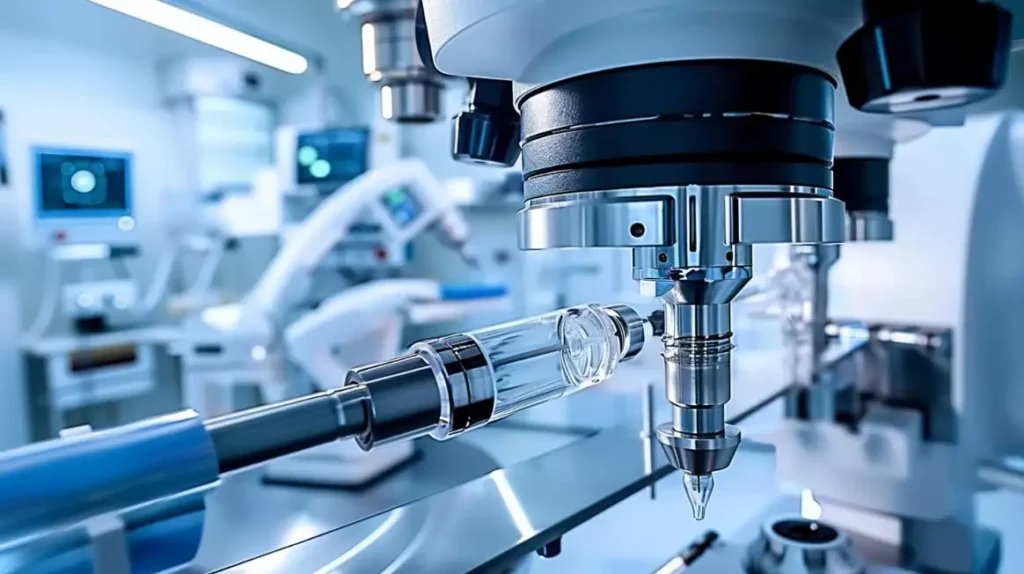
Applications of CNC Fixtures
CNC fixtures are essential tools in the manufacturing industry. They are used wherever CNC machining is employed, ensuring precision, efficiency, and safety. Their functions align with the types of CNC operations used in manufacturing.
It is used for CNC turning, milling, and grinding. In addition, the design of the CNC clamps determines their application:
- Positioning: CNC fixtures ensure the workpiece is correctly placed on the machine relative to the cutting tools. This guarantees that the machined surfaces meet the required specifications.
- Clamping: Once the workpiece is positioned, CNC fixtures apply force to hold it firmly in place. This prevents movement or vibration during machining, which could lead to errors or damage.
CNC fixtures integrate positioning and clamping functions to enhance productivity and quality across various industries. They are indispensable tools for achieving reliable and efficient manufacturing processes.
Design Tips for CNC Fixtures
Designing a CNC fixture requires careful planning and attention to detail. A well-designed fixture can improve precision, efficiency, and safety. Here are some key tips to help you create practical CNC fixtures:
Know Your Workpiece
Understand the size, shape, and material of your workpiece. This will help you choose the right type of fixture and ensure it fits perfectly. Consider how the workpiece will be loaded, unloaded, and machined.
Focus on Stability
A stable fixture prevents vibrations and movement during machining. Use strong materials and secure fasteners to hold the workpiece firmly. Ensure the fixture can handle the forces generated by the cutting tools.
Simplify Setup
A suitable fixture should be easy to set up and adjust. If possible, use modular components. This will save time and reduce errors, especially when switching between different workpieces or operations.
Ensure Accessibility
Make sure the fixture allows access to all sides of the workpiece. This is important for complex machining operations. Avoid designs that block the cutting tool or make it difficult to reach certain areas.
Test and Iterate
Test your fixture before full-scale production. Look for any issues with alignment, stability, or accessibility. Make adjustments as needed to improve performance. Iteration is key to creating a perfect fixture for your specific needs.
Conclusion
CNC fixtures play a key role in successful machining operations. They hold workpieces securely, ensure consistent part quality, and boost shop productivity. The right fixture makes parts more accurate, speeds up production, and keeps operators safe.
If you’re looking for high-quality CNC fixtures or need expert advice on designing the perfect solution for your project, contact us today! Let us help you achieve precision, efficiency, and reliability in manufacturing. Get a free consultation now!
Hey, I'm Kevin Lee

For the past 10 years, I’ve been immersed in various forms of sheet metal fabrication, sharing cool insights here from my experiences across diverse workshops.
Get in touch

Kevin Lee
I have over ten years of professional experience in sheet metal fabrication, specializing in laser cutting, bending, welding, and surface treatment techniques. As the Technical Director at Shengen, I am committed to solving complex manufacturing challenges and driving innovation and quality in each project.


